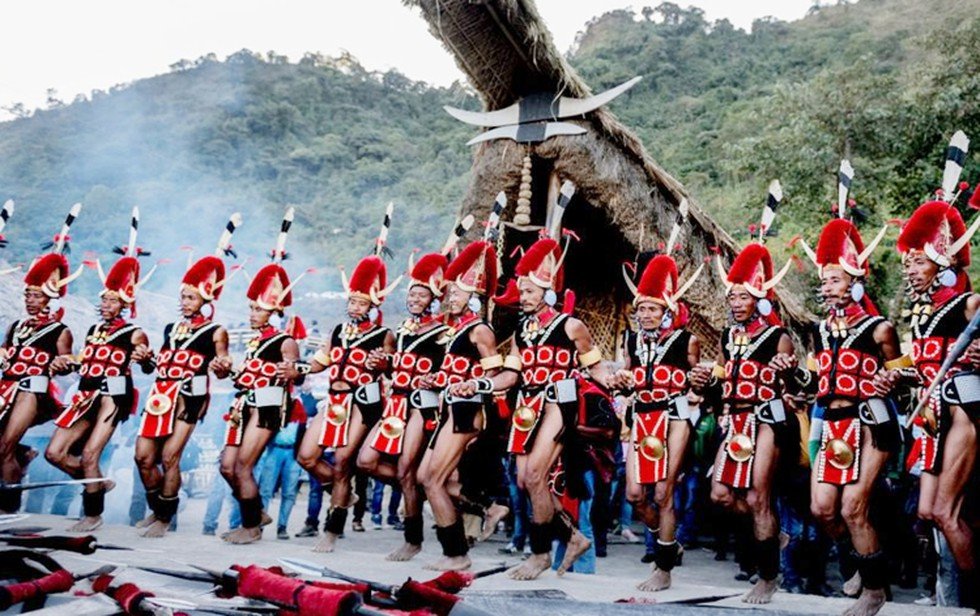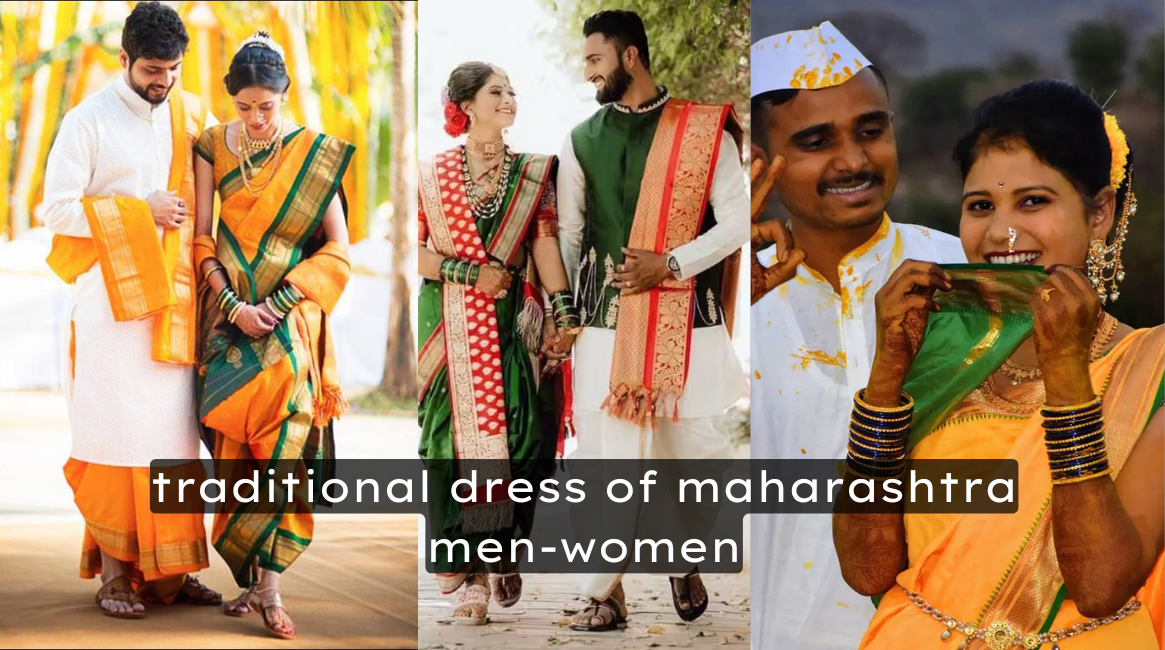Dadra and Nagar Haveli is also a Union territory and is located in western India and culturally it has a very distinctive civilization or culture main Hugh of which is from the local tribal people. Of all the tribes that have dominated Marathwada region of Maharashtra, Warli tribe stands out having contributed immensely to the face of the region.
Warli Tribe and Their Culture
- Warli Painting: This unique art is the most easily recognizable and most admired by tourists and Arubans as well, and it features only basic geometric shapes and representations of ordinary life. This Warli tribe paints beautiful mural art on walls with the help of natural colors and they also paint animals, trees, and human icons on cloth. These paintings show events from mythology and rituals or depict views of a daily life of a society.
- Warli Dance: There is a variety of folk dances among the Warli people which are as follows: – Tarpa Dance, Bhawada Dance, Dhol Dance, Tur and Thali Dance. These are usually danced during festival, weddings and other festive occasions that mark the end of a farming season.
Other Cultural Factor of Dadra and Nagar Haveli
- Languages: The most important tongues that are used in that area are Marathi, Gujarati, and Bhili.
- Food: They follow the local cuisine prescribed from Maharashtrian and Gujarati eating habits. It has a range of vegetarian and non vegetarian foods, occasionally spiced from local foods and preparations.
- Festivals: Different fests held in the region are Diwali, Holi and Dassera. They include colourful processions, dance, drama, music and other arts which are characteristic of the cultures of the two countries.
In view of the fact that the lexicon of folk arts and cultural forms is undeniably associated with the aesthetic ingenuity of peoples of prehistoric origin, it may be pertinent to note that Dadra and Nagar Haveli are deeply endowed with cultural vibrancy of this measure of indigenous endowment. Warli tribe underlines its artistic and performative cultural features are still appealing to the international communities and constitute the dynamism of the region.
Clothing attracts many women plus Dadra and Nagar Haveli are part of a union territory in India inhabited by different tribes, every each of them has their own traditional costumes. Prominent tribes residing in Gujarat are Varlis, Koli and Siddi tribes.
Traditional Dress for Females
- Varli Women: To the Varli women folk the dress code are a knee-length saree or a ‘luggda’, which is a piece of cloth wrapped around the lower half of the body; and a ‘padar’, a rectangular piece of cloth draped over the upper body. They also like to wear accessories mainly silver and white ornaments including necklace, earrings and bangles. These are all traditional dress of Dadra and Nagar Haveli.
- Koli Women: Baniaras of Koli women are colourful sarees and mostly even their blouses consist of embroidered or tie ‘n’ dye work. Other garments that can be worn would also be the Salwar Kameez , Lehenga Choli may be worn based on the occasion.
- Siddi Women: Siddi women then dress in beautiful bright coloured dresses or saris which are African and Indian origin. They may also wear waist belt, beads and shells and other body ornaments that are typical traditional dress of Dadra and Nagar Haveli
Traditional Dress for Males
- Varli Men: The Varli men folk put on a dhoti, fabric tied around the stomach; they wear a brief jacket or shirt. In most cases they accompany this headdress with a turban or a cap.
- Koli Men: Koli men generally prefer wearing Dhoti with shirt or lungi with kurta. It may also wear a turban or a cap.
- Siddi Men: Siddi males prefer informal and comfortable clothes such as shirts, trousers, which are more inclined to African and Indian clothing. The might also wear a cap or a turban.
These are brief descriptions of traditional dress of Dadra and Nagar Haveli, but an individual tribe might slightly or significantly differ in the regional Dadra and Nagar Haveli. Today people of the region follow the global trends of dressing to an extent, but these clothes are usually reserved for festivities and occasions.




